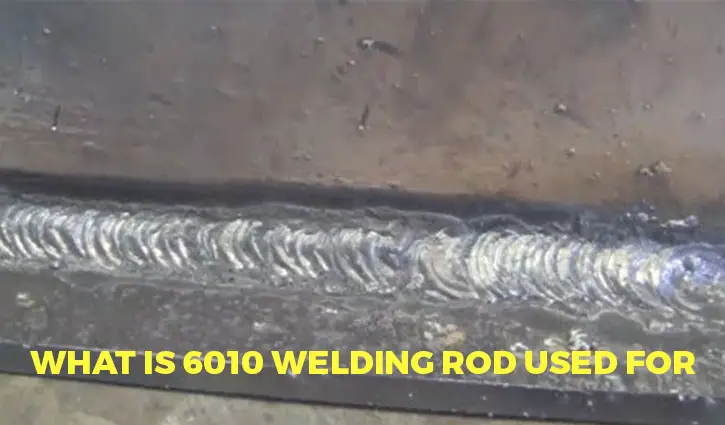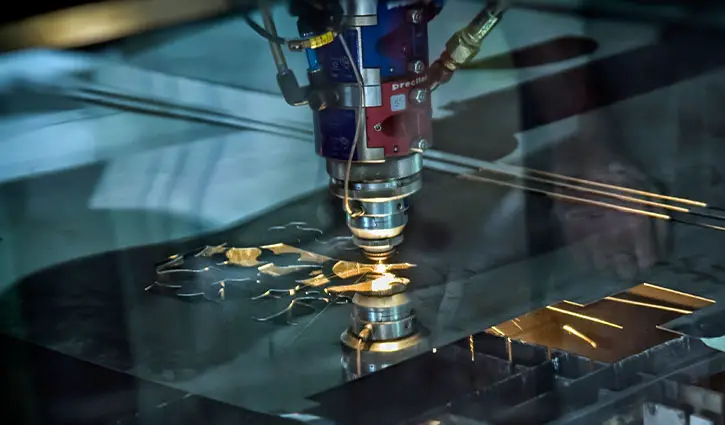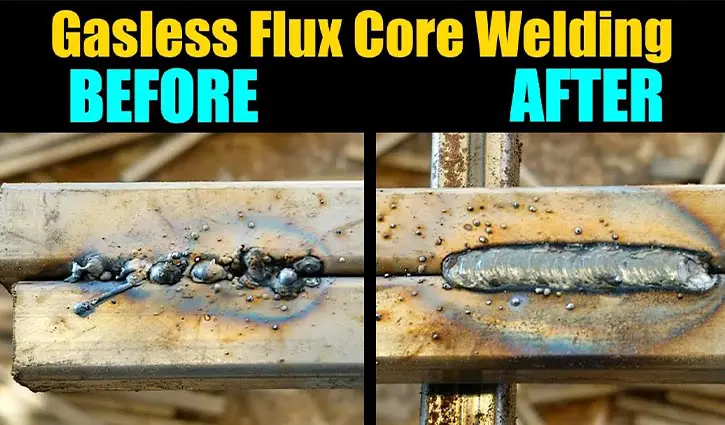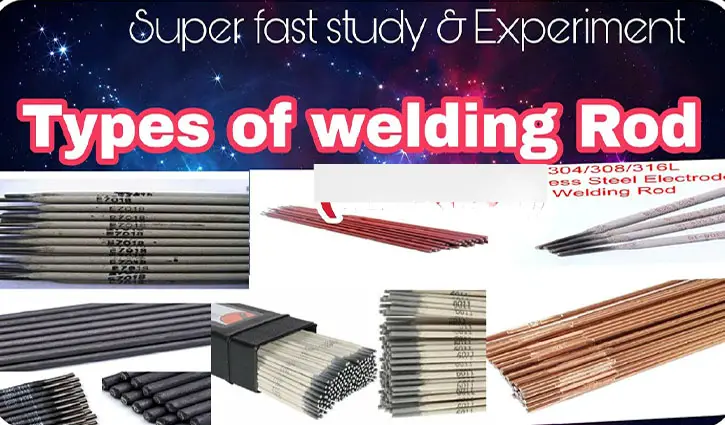Pure Argon vs Argon Mixture Gas: What Stands Apart Over Another?
In terms of MIG welding, Argon mixture with Carbon dioxide gas is being used. And for TIG welding, pure Argon gas is a better option to go with.
Which gas is better for welding? Does it actually make a difference? Should you use pure argon gas on stainless steel, or Argon mixture is a better option to go with? What’s the expert welder’s stance on this?
These are just a few of the many questions commonly asked in the welder community, and it is often seen with differing responses.
In this guide, we want to clarify the differences and help settle the debate about ‘pure argon vs argon mixture gas.’ We’ll dive deep into the detailed considerations that you need to take and compare the instances when they make the most sense to use.
Table of Contents
Comparison Table On Pure Argon and Argon Mixture gas
| Topic | Pure Argon Gas | Argon Mixture gas |
| Used In | TIG welding | MIG welding |
| Gas Type | Inert gas | Mix gas |
| Spatter | High | Less |
| Penetration | Light | Deep |
| Standard Pressure | 0.95 atm | 1.5 atm |
| Standard Temperature | -183 degrees Celcius | 800 degrees Celcius |
What is Pure Argon Gas?
Pure Argon is a non-toxic, inert gas that has a standard pressure of .95 atm and a temperature of -183 degrees Celsius. Argon is a colorless, odorless gas that is used in laboratories and industrial settings to produce other gasses.
Argon is a noble gas, meaning that its molecules do not interact with other molecules in the atmosphere, making it ideal for use in gas masks and other protective equipment.
Pure Argon is the most abundant element on Earth, making up about 23% of the Earth’s crust by weight. So, both Argon and Argon mixture gases are easily available. Argon is also the second most common element in the Universe after hydrogen.
Pros-cons of Pure Argon Gas
What is Argon Mixture gas?
Argon Mixture Gas is a gas mixture that contains Argon and other elements. Argon Mixture Gas is used in laboratories and industrial settings to produce other gases. This Mixture Gas typically has a standard pressure of 1.5 atm and a temperature of approximately 800 degrees Celsius.
Argon Mixture is composed of about 78% argon, 20% carbon dioxide, and 1% other elements. The Mixture is used in experiments that involve heating and cooling objects, making it a useful tool for welding. And, it is also used in laboratory settings.
Pros-cons of Argon Mixture gas
Read More: MIG Welding With 100 Argon: Is It Worth Using This Method
Similarities between Pure Argon and Argon Mixture gas
Let’s then look at the similarities between these two gases that are often confused. Both Pure Argon gas and Argon mixture gas:
Improve the durability of your weld on the MIG or TIG welding, and both gases will help you to have a durable and strong result.
Cool down quickly because of lower thermal consumption. It helps a welder to have a good hold on the arc. Therefore, the welder will have no issues with the heat and can work in a stable position.
Availability is one of the key things to look for while welding with shielding gases. Not all gases are available all the time but these two gases are easily available.
Difference between Pure Argon and Argon Mixture gas
Pure Argon is an inert gas used in scientific and industrial applications. However, Argon Mixture is a gas mixture that contains Argon and Carbon dioxide. This Mixture is used in various applications such as welding, cutting, and firing.
Let’s look at the differences between the two gases.
Penetration:
You can distinguish between pure and mixture argon gas by the penetration created post-welding. Pure Argon doesn’t have deep penetration. While argon mixture gas welding has a deep penetration. Meaning that end results look different.
MIG and TIG welding:
Pure argon gas is used in TIG welding and in MIG welding, an Argon mixture with carbon dioxide is preferable. But pure argon gas cannot be used in MIG welding.
Welding surface:
You can argon mixture on any surface. On the other hand, 100% argon cannot be used on all types of surfaces.
Pure Argon and Argon Mixture gas: Which one should you choose?
The answer to this question is very plain and simple. It depends very much upon
What your specific aim is: If you want to have a strong weld, welding stainless steel; or are low in budget, Argon mixture should be your choice. If you want to weld thin metals, Pure argon may be preferable.
Your welding experience: If you already have strong knowledge about shielding gas welding, the Argon mixture should be a great method to go with. When using pure argon, you can find difficulties and additional costs.
Read More: Plasma Welding VS. Tig Welding (Difference, Similarity & More)
Frequently Asked Questions
For TIG welding pure argon or 100%, argon is used.
75% argon, and 25% CO2 mixture is the best option to go with for MIG welding.
It’s better to use Argon and CO2 mixture to weld stainless steel. Pure argon cannot be used to weld stainless steel.
Verdict
All too often, Pure argon and Argon mixture are seen as totally different gases that can’t be used together, or they are often confused as being one and the same.
It is important that a welder understand the purpose of each of these as part of their welding strategy and figure out how to use both of these gases to have a good result and gain a competitive advantage.
Read More: MIG Welding Advantages & Disadvantages: The Facts You Must Know In 2023






